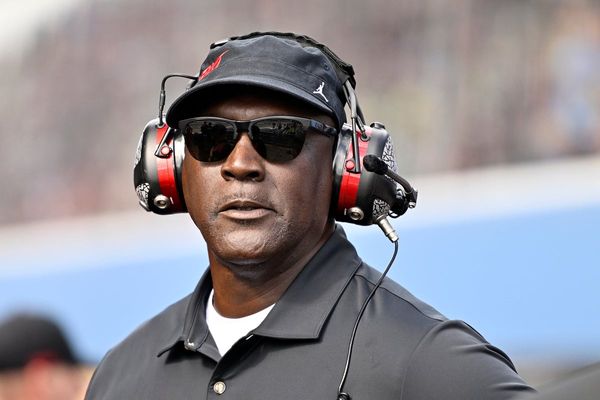‘If only his politics were as good as his economics’ — this is a familiar refrain in liberal commentaries about Prime Minister Narendra Modi. The suggestion is that there is a disconnect between Mr. Modi’s economic policies that liberal commentators approve of, and his Hindutva politics that they disapprove of.
The merits of the arguments about Mr. Modi’s economics and politics apart, this liberal view is formed by an inadequate understanding of Hindutva as an ideology, and an unquestioning adherence to the dubious claim that liberal democratic politics and free market capitalism are inevitable cohabitants.
Hindutva understands the link between politics and economics differently. The free market slogan, ‘good economics is good politics’, works in the inverse in the Hindutva scheme of things, as ‘good politics is good economics’. This is a strand of thought that runs through all of Mr. Modi’s speeches, but the one he made during the consecration of the Ram temple in Ayodhya in January 2024, a milestone in the BJP’s political journey, is particularly instructive.
Connecting the country’s material progress to the resurgence of cultural politics, he said: “We are witnessing that this construction is not causing any fire but, in fact, is giving birth to energy… Embracing the sacredness of tradition and the endless possibilities of modernity, Bharat will reach the goals of prosperity by walking on both these paths.” Far from being a distraction from the development agenda, or a barrier to it, the temple is an essential foundation, and a catalyst for that agenda, by implication.
Editorial | Matters of heartland: On election 2024 and the Hindi heartland
Cultural nationalism
This idea is common to all forms of economic nationalism, and Hindutva is only a more strident variant of that. Consolidation of national identity through cultural tropes is not in contradiction with ambitions in the fields of economy or technology, or in global standing. In fact, it is cultural assertion and consolidation that leads to progress, growth, and prosperity. Not only that, in the absence of this cultural politics, no material progress is possible, according to the nationalist view. And cultural nationalism protects the economic interests of the country as a whole, as opposed to the particular interests of groups within that might want to undermine national sovereignty in pursuit of profits globally. To paraphrase Stephen Bannon, a champion of current American nationalism, ‘it has an economy, but a nation is not an economy’.
Historically, nationalism sees politics as the mover of economics and not the other way round. India’s national movement questioned the developmental claims of the colonial government on this ground, asserting that unless there was a national government, progress and development would not arrive. The BJP has taken this to the next level to argue that the developmental claims of the Congress’s nationalism were unachievable because of its inadequate cultural moorings, or even its continuing association with colonial ideas and institutions.
The Hindutva rate of growth
Hindutva is a comprehensive scheme that encompasses all facets of the individual and collective lives of the people. But it is not a static one, and has been dynamically evolving over time, as it confronted new questions. Its early proponents clearly identified the opportunity provided by universal franchise to build a Hindu polity. It believes that progress is possible only when Hindus are united.
Global liberals think that India’s growth is in spite of nationalism, but Hindutva thinks it is because of it. It could be called the ‘Hindutva rate of growth’ in contradistinction to the phrase ‘the Hindu rate of growth’, which denoted the slow growth of the pre-liberalisation era.







